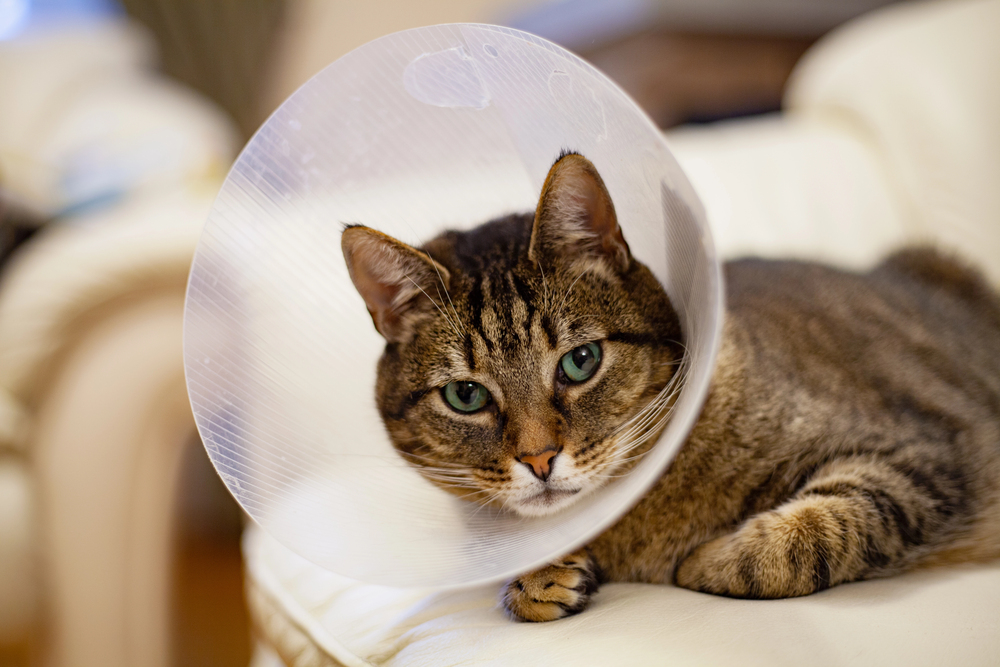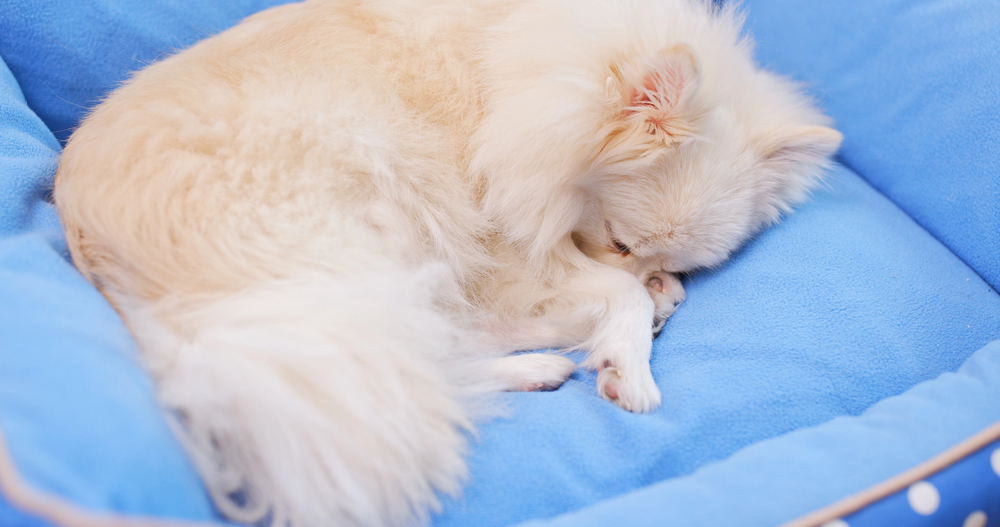
Introduction
Dogs and cats are cherished companions in many households, but like all animals, they are susceptible to injuries and health issues. One common but often misunderstood problem is jaw dislocation and fractures. Both conditions can cause significant pain and discomfort and, if left untreated, can lead to serious health complications. This article delves into the causes, symptoms, diagnosis, and treatment of jaw dislocation and fractures in dogs and cats, offering a detailed resource for pet owners and enthusiasts alike.
What Are Jaw Dislocation and Fractures?
Jaw Dislocation (Luxation): This occurs when the bones of the jaw become displaced from their normal alignment. In dogs and cats, this usually affects the temporomandibular joint (TMJ), where the lower jaw (mandible) meets the skull. Dislocation can cause severe pain and difficulty eating or drinking.
Jaw Fractures: These are breaks in the bone of the jaw. Fractures can be classified into simple (closed) fractures where the skin remains intact, and compound (open) fractures where there is a break in the skin. Fractures can vary in severity from minor hairline fractures to severe breaks requiring complex surgical intervention.
Causes of Jaw Dislocation and Fractures
Understanding the causes of jaw injuries can help in both prevention and treatment. The following are common causes of jaw dislocation and fractures in dogs and cats:
- Trauma: This is the most frequent cause of jaw Trauma can result from accidents such as being hit by a car, falling from a height, or being attacked by another animal.
- Falls and Injuries: Pets, especially playful or active ones, might fall or bump into hard surfaces, leading to jaw injuries.
- Dental Issues: Severe dental problems, such as advanced periodontal disease or abscesses, can weaken the jawbone, making it more susceptible to fractures.
- Bite Wounds: In multi-pet households or during outdoor activities, bites from other animals can cause both dislocations and fractures.
- Chewing Hard Objects: Dogs, in particular, may chew on extremely hard objects like bones or antlers, which can potentially lead to fractures.
- Infections: Certain infections or tumors affecting the jawbone may weaken it, leading to fractures or dislocation.
- Genetic Conditions: Some breeds, particularly those with predispositions to joint problems or specific dental issues, may be more prone to jaw injuries.

Symptoms of Jaw Dislocation and Fractures
Recognizing the symptoms of jaw dislocation or fractures is crucial for timely treatment. Common signs include:
- Pain: Pets may show signs of pain such as whimpering, growling, or reluctance to be touched around the mouth and jaw area.
- Difficulty Eating or Drinking: Dislocated jaws or fractures can cause pain or make it difficult for pets to chew or swallow food and water.
- Swelling: You might notice swelling around the jaw or face.
- Bruising: Bruising or redness around the mouth and jaw area may be present.
- Drooling: Excessive drooling can occur due to pain or difficulty swallowing.
- Mouth Deformities: In severe cases, the jaw may appear crooked or misaligned.
- Bleeding: There may be visible bleeding in the mouth or from the gums.
Diagnosis of Jaw Dislocation and Fractures
If you suspect your pet has a jaw dislocation or fracture, prompt veterinary attention is essential. The diagnostic process typically involves:
- Physical Examination: The vet will examine your pet’s mouth, jaw, and face for signs of pain, swelling, or misalignment.
- Imaging: X-rays are commonly used to identify fractures or In more complex cases, advanced imaging like CT scans may be required.
- Medical History: The vet will ask about your pet’s recent activities, any trauma, and overall health to understand the cause of the injury.
Treatment Options
Treatment for jaw dislocation and fractures varies depending on the severity of the injury. Options include:
- Manual Repositioning: For simple dislocations, a vet might manually reposition the jaw into its correct alignment under sedation or anesthesia.
- Surgical Intervention: Fractures, especially complex or compound ones, may require This could involve realigning the bones and using plates, screws, or wires to stabilize the jaw.
- Pain Management: Pain relief is a crucial part of treatment and might include medications such as analgesics or anti-inflammatory drugs.
- Supportive Care: Soft food diets, avoiding hard chew toys, and ensuring a comfortable environment can aid in recovery.
- Antibiotics: If there is an open wound or an infection, antibiotics may be prescribed.
- Follow-Up Care: Regular check-ups are essential to ensure proper healing and to monitor for potential complications.
Recovery and Rehabilitation
Recovery from jaw injuries involves careful management and patience. Here are some tips for aiding your pet’s recovery:
- Diet: Offer soft foods or specially formulated diets that are easier for your pet to eat.
- Monitoring: Watch for signs of infection, improper healing, or persistent pain.
- Veterinary Guidance: Follow the vet’s instructions for medication, follow-up appointments, and any physical therapy needs.
- Environmental Adjustments: Provide a safe environment to prevent further injury, such as removing hard chew toys or restricting access to risky areas.
Prevention Tips
While not all injuries can be prevented, you can take steps to minimize risks:
- Safe Environment: Ensure that your pet’s living area is safe and free from hazards.
- Supervised Play: Monitor your pet during playtime, especially with other animals or around potential hazards.
- Regular Check-ups: Regular veterinary visits can help detect and address potential dental or health issues before they lead to more serious problems.
- Proper Chew Toys: Provide age-appropriate and safe chew toys to prevent jaw injuries.
Conclusion
Jaw dislocation and fractures in dogs and cats are serious conditions that require timely attention and appropriate treatment. By understanding the causes, recognizing the symptoms, and seeking prompt veterinary care, you can help ensure that your furry friend recovers fully from these injuries. Regular veterinary check-ups, safe play environments, and careful observation can also contribute to preventing such injuries.
Being informed about these issues will enable you to act quickly and effectively should your pet ever face a jaw-related injury. With proper care and attention, many pets recover from these injuries and go on to lead happy, healthy lives.
